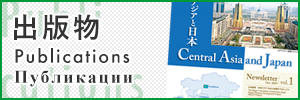Study Abroad Experience
School of Social and International Studies, College of International Studies
Yamamoto Takayo (2nd year)
This time, I participated in the “2024 Summer Kazakhstan-Kyrgyz Republic Central Asian Silk Road Study Tour, Discoveries under the Eternal Tian Shan – A Journey of Tourism, International Cooperation and Volunteer activities” organized by the Kyrgyz Republic-Japan Center for Human Development (Kyrgyzstan-Japan Center: KRJC). This is the first program to be held, and the total stay in Kazakhstan and Kyrgyzstan will be 14 days.
This program was introduced in Russian language class. I am a student of College of International Studies and am interested in European politics, particularly in the former Soviet Union countries of Eastern Europe. Kazakhstan and Kyrgyzstan were also once part of the Soviet Union and became independent after the collapse of the Soviet Union. Even in the same former Soviet Union countries, I think we can see different things from the perspective of Central Asia. In addition to these expectations, I decided to participate because I wanted to witness the society, culture, and international cooperation in the unknown region of Central Asia, a place that most people would not normally visit.
The official language in both countries is Russian, but the local languages are Kazakh and Kyrgyz. I had only started learning Russian for just over four months when I joined the program, so I was a bit worried about my language ability. However, during the training, KRJC staff who are fluent in Japanese always accompanied us and translated the stories of the local people into Japanese. The purpose of this training is to deepen understanding of international cooperation, tourism, society and culture in Central Asia. With fewer language concerns, I was able to focus on exploring these things. The support from KRJC was also very reassuring in that I could easily consult with them about problems such as worries and health problems. Although I did use English for some lectures and to communicate with local students, I was able to get by without any problems in Russian and the local language as long as I remembered basic greetings and phrases. (Photo1)

After spending three days in Kazakhstan, we crossed the border into Kyrgyzstan by land. From there, we are based in the capital city of Bishkek. Compared to Almaty, Kazakhstan, which has an urban impression, the cityscape of Bishkek has a lot of vivid nature. The city’s blend of cultures can be seen in the Western-style houses and bazaars (Photo2), Islamic mosques, and Christian Orthodox churches. I also often saw neatly organized buildings and apartment complexes that were likely built during the Soviet era. On the other hand, they seem to have deteriorated considerably, and some of them were left in disuse state and some were being demolished.(Photo3)
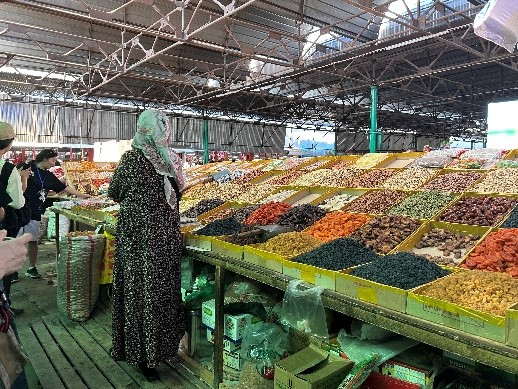
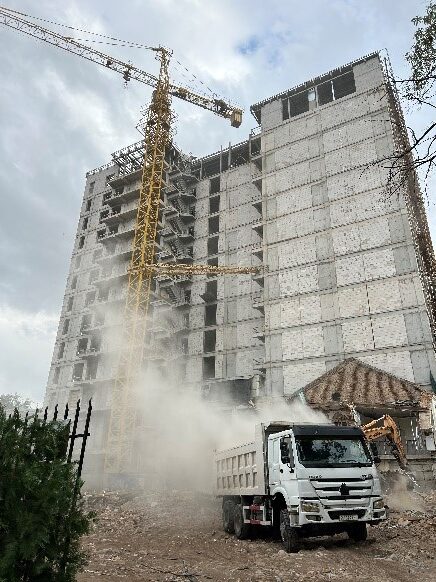
I will also introduce the food I enjoyed in Kyrgyzstan. Many of the traditional dishes of Kyrgyzstan were simply seasoned and easy to suit the taste of Japanese. For example, the bite-sized fried bread called “борсок(borsok)” (Photo4) is so delicious that you will find yourself reaching for it again and again. When served with Kyrgyzstan’s specialty honey, jam, or yogurt sauce, it can be eaten like a dessert. It is a standard home-cooked meal served to guests, and is often served before appetizers. Also, “лагман(lagman)” (Photo5), which looks like udon, is a dish of thick, chewy, handmade noodles topped with a hearty, tomato-based sauce. Everyone was delighted with the deliciousness.
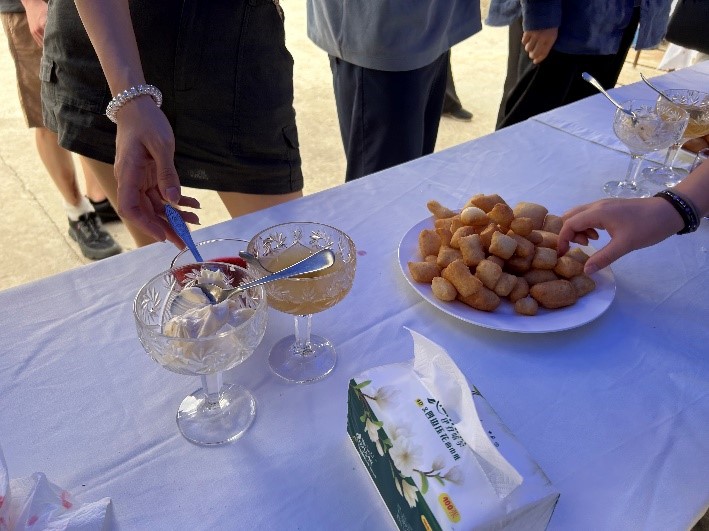
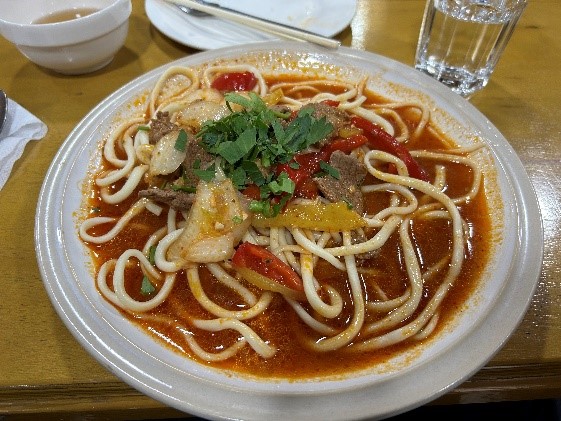
At the end of the training, we left the capital and headed for the province of Issyk-Kul Oblast. The highlight of the tour is Lake Issyk-Kul. With an area nine times that of Lake Biwa and the second clearest water in the world, it is Kyrgyzstan’s premier resort destination. We enjoyed a luxurious time enjoying the view of the blue lake and the magnificent Tien Shan Mountains in full view on the cruise tour (Photo6). During the Soviet era, foreigners were prohibited from entering, and it was a sanatorium that was allowed only to some people who received a recommendation from the government, but it is a convincing beauty. We also had the opportunity to make and stay in a “юрта(yurta)”, a traditional dwelling of the Kyrgyz nomads, providing a completely different experience to that in urban areas.
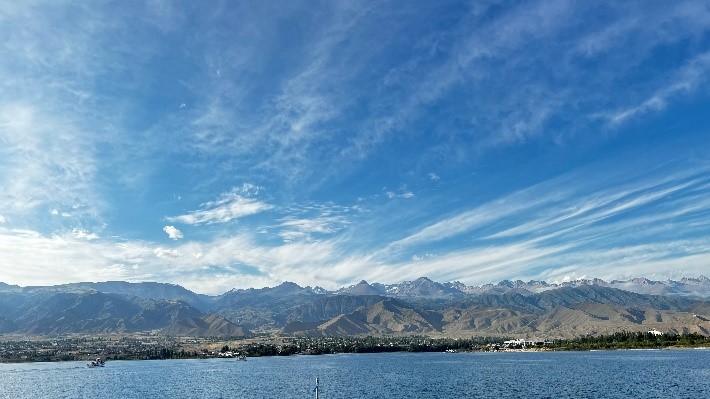
Over the course of two weeks, I traveled around various places in Kazakhstan and Kyrgyzstan, seeing, hearing and experiencing a lot of things. There are three main things I have noticed and learned from this experience.
First of all, there is a different view of Russia than in Europe. While many European countries currently have an anti-Russian stance, Central Asian countries view Russia as a brother nation that was once part of the same nation. It has consistently maintained a neutral stance even during the invasion to Ukraine that began in 2022. Russia is also a major trading partner, and there is no doubt that Russia is indispensable to Central Asia. As I had predicted before participating in the training, I found that even if people have similar circumstances, their political thinking and public sentiment are very different. Of course, this is just one opinion, but I think it was a valuable experience to hear the real voice of a local person who said, “It is important to maintain relations with Russia.”
Second, I would like to talk about the importance of international cooperation and the enjoyment of cross-cultural exchange. During this training, we visited the Kyrgyz office of the Japan International Cooperation Agency (JICA) and organizations such as the Red Crescent Society that carry out volunteer activities in Kyrgyzstan, and heard about their activities. The One Village One Product (OVOP) project run by JICA is particularly impressive. The OVOP project aims to revitalize local economies by turning rural specialty products into high-quality, added-value products. Honey and felt, as well as the superfood Sea Buchthorn products, are actually produced. These products are sold at the OVOP Center in Bishkek (Photo7), and I bought a few as souvenirs. I had no idea that such initiatives existed, so I was surprised at the scale of regional development that JICA and Japan are undertaking in developing countries and the sharpness of their perspectives. During our stay, we also interacted with local students and volunteered at an orphanage. It seemed like we communicated somehow through gestures, but it was a lot of fun. Until now, I had avoided interacting with foreigners due to the fear of the language barrier, but I realized that even if we don’t speak the same language, there are things we can communicate through facial expressions and our hearts. The University of Tsukuba also frequently holds exchange events with international students. The University of Tsukuba also frequently holds exchange events with international students.
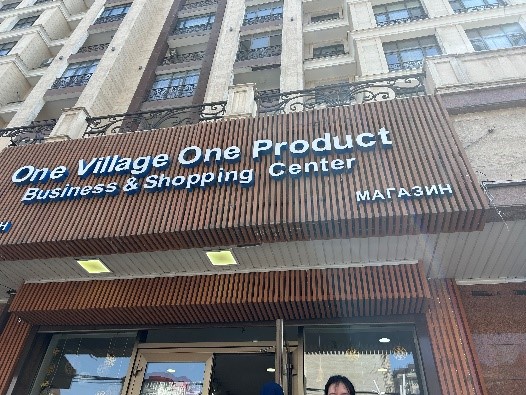
And one of the things we noticed is that there are many underdeveloped areas in the tourism industry. The Silk Road-related ruins scattered across China, Kazakhstan and Kyrgyzstan were registered as a UNESCO World Heritage Site in 2014 under the name “Silk Roads: the Routes Network of Chang’an-Tianshan Corridor.” During this training, we actually visited the Ak-Beshim ruins (Photo7), Balasagun ruins, and Burana Tower (Photo8). The first thing I noticed there was the lack of tourists. In particular, there were no other tourists at the Ak-Besihm ruins, and only one guide was waiting there. The Ak-Beshim ruins are said to have flourished in the 6th and 7th centuries, and are a valuable archaeological site where diverse religious aspects can be seen, including Zoroastrian, Christian, and Buddhist churches. It is also said to be the birthplace of the Chinese poet Li Bai. However, the area has not been developed as a tourist destination, and there are no clear tourist routes or fences to preserve the ruins. Anyone can easily enter the ruins and touch old roof tiles and other excavated items. As mentioned above, JICA is currently working with the Kyrgyz government to develop the area into a tourist destination, but since the only means of transportation is by car and the roads are not well developed, it will still be a long time before things get going. I heard that the Kyrgyz government is currently focusing on promoting the tourism industry. However, they are only looking to attract customers, and there is little thought given to problems such as environmental destruction and overtourism. I felt that it was necessary for Japan’s JICA to work together with the government and local residents to promote tourism while also protecting the environment.
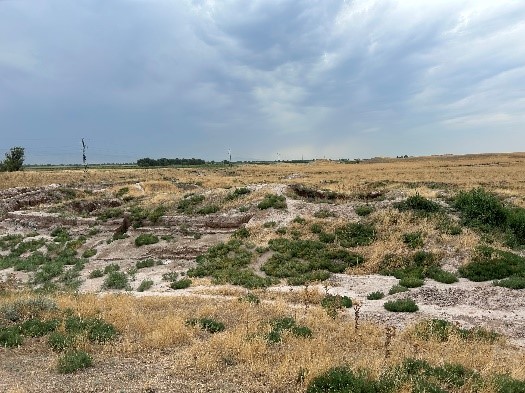
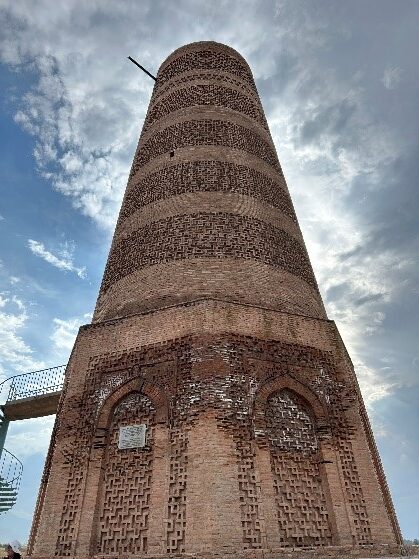
Finally, I am really glad that I was able to participate in this training. I had many experiences and realizations that I would never have had if I had just stayed in Japan. Above all, the interactions I had with the KRJC staff who supported me, as well as the other students who participated with me, were an invaluable treasure. If the same training will be held in the next year and beyond, I would highly recommend attending. You are sure to have a wonderful experience in the majestic land of Central Asia, transcending language barriers.



